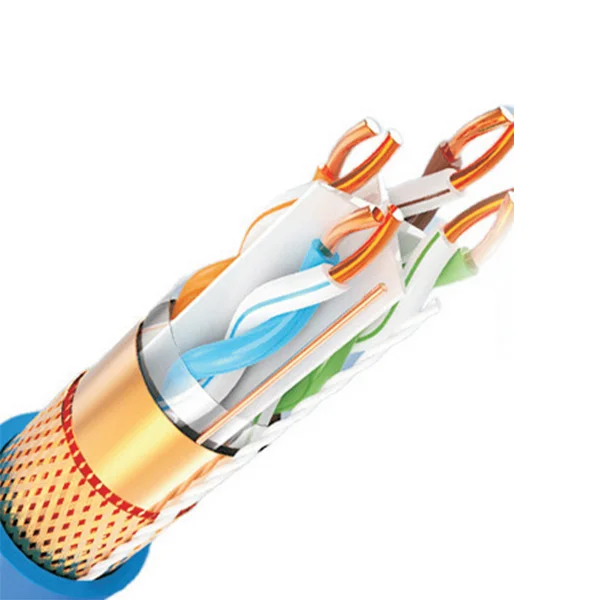Multi-Band GNSS Antennas for Professional Surveying Applications
Are you struggling to get accurate positioning for your surveying projects? Choosing the right multi-band GNSS antenna can make all the difference. These antennas receive signals from multiple satellite systems like GPS, GLONASS, Galileo, and BeiDou. With the right antenna, you can improve accuracy, reduce errors, and complete projects faster.
Why Multi-Band GNSS Antennas Matter for Surveying
Surveying projects demand high precision. A single-band GNSS antenna can only process limited satellite signals, which can lead to errors in dense urban areas or regions with heavy tree cover. By contrast, multi-band GNSS antennas can track multiple frequencies from different satellite constellations. This capability improves positioning reliability and allows surveyors to complete projects faster.
Moreover, multi-band antennas reduce signal multipath errors, which occur when signals bounce off buildings or other obstacles. For a procurement manager, investing in a high-quality multi-band GNSS antenna ensures long-term accuracy and minimal maintenance issues.
Key Features of Multi-Band GNSS Antennas
When evaluating multi-band GNSS antennas, there are several important features to consider:
Multi-Constellation Compatibility
Multi-band GNSS antennas can receive signals from GPS, GLONASS, Galileo, and BeiDou. This flexibility ensures consistent positioning anywhere in the world.
High Sensitivity and Accuracy
A high-sensitivity antenna captures even weak satellite signals, which is crucial in urban canyons, dense forests, or remote locations.
Durability for Outdoor Environments
Surveying often requires fieldwork under harsh conditions. Multi-band GNSS antennas are built to withstand extreme temperatures, rain, and dust while maintaining optimal performance.
Compact and Lightweight Design
Many modern antennas are compact, making them easy to mount on survey equipment, UAVs, or vehicles without adding extra weight.
Choosing the right multi-band GNSS antenna involves balancing performance, durability, and cost. Before making a purchase, it is helpful to understand how these antennas operate and what benefits they bring to professional surveying and GIS projects.
How Multi-Band GNSS Antennas Improve Project Efficiency
A high-quality multi-band GNSS antenna can significantly boost project efficiency. By receiving signals from multiple satellite constellations, these antennas reduce the time required for signal acquisition and improve positional accuracy. Survey teams can complete fieldwork faster and produce more reliable data for mapping and analysis.
Additionally, multi-band antennas reduce the need for repeated measurements due to signal errors. This saves both labor costs and equipment wear. For procurement teams, this means fewer replacements, less downtime, and better return on investment.
Installation Tips for Multi-Band GNSS Antennas
Proper installation is key to maximizing the performance of your multi-band GNSS antenna. Here are some tips to ensure reliable operation:
-
Mount the antenna in an open area with a clear view of the sky.
-
Avoid obstacles such as large buildings, trees, or metal structures that can block or reflect signals.
-
Use a stable mounting platform to reduce vibrations that can interfere with signal reception.
-
Regularly inspect the antenna for damage or wear to maintain optimal performance.
Following these steps helps maintain signal accuracy and prolongs the life of your GNSS equipment.
Applications of Multi-Band GNSS Antennas
Multi-band GNSS antennas are used across a wide range of industries and applications:
-
Surveying and Mapping: Accurate topographic surveys, construction site mapping, and land management.
-
Agriculture: Precision farming relies on multi-band GNSS antennas for field mapping and automated machinery guidance.
-
Construction: Ensuring exact positioning for structures, roads, and infrastructure projects.
-
GIS and Environmental Studies: Collecting reliable geographic data for analysis and planning.
-
UAVs and Drones: Compact antennas provide high-accuracy positioning for aerial surveys.
These applications demonstrate why multi-band GNSS antennas are an essential investment for professional teams and procurement managers.
Kepler’s Advantages in GNSS Technology
When choosing a supplier for multi-band GNSS antennas, Kepler stands out as a trusted provider. Here are the main advantages of working with Kepler:
Global One-Stop Hardware Platform
Kepler offers a complete hardware ecosystem for BDS/GNSS devices, allowing you to access a full range of high-quality antennas and positioning solutions from a single source. This integration reduces procurement complexity and speeds up project implementation.
Space-Air-Ground Enhancement Network
Kepler leverages its proprietary Space-Air-Ground network to deliver tiered precision: millimeter-level monitoring for engineering security, centimeter-level positioning for professional surveying, and sub-meter navigation for mobile platforms. This ensures that every project receives the level of accuracy it needs.
Innovation and Industry Expertise
As the innovation hub of Kepler Group, LPoint develops cutting-edge positioning technology that can be applied in surveying, mapping, monitoring, and precision agriculture. Their focus on research and development guarantees that their products remain at the forefront of GNSS technology.
Global Reach and Reliability
Founded in 2023, Kepler quickly expanded to serve customers worldwide. Their solutions are designed to meet international standards, making them a reliable choice for projects across different regions and industries.
By choosing Kepler, procurement managers and survey teams gain more than just a product—they gain a technology partner that ensures accuracy, durability, and seamless integration across all applications.
Choosing the Right Supplier for Multi-Band GNSS Antennas
Selecting a reliable supplier is as important as choosing the right antenna. Look for suppliers who provide:
-
Verified technical specifications for multi-band GNSS antennas.
-
Customer support and guidance for installation and maintenance.
-
Competitive pricing without compromising quality.
-
Fast delivery options for large-scale projects.
With Kepler, all these criteria are met, making procurement straightforward and risk-free.
Conclusion: Contact Kepler for Multi-Band GNSS Antennas
Investing in a multi-band GNSS antenna is a crucial step toward accurate and efficient surveying, mapping, and precision projects. Kepler provides reliable hardware, advanced technology, and global support to ensure your projects succeed.
Contact Kepler today to learn more about their multi-band GNSS antennas and discover how their solutions can enhance accuracy, improve efficiency, and deliver reliable positioning results for your next project.
https://www.keplergnss.com/GNSS-Antenna
Kepler


